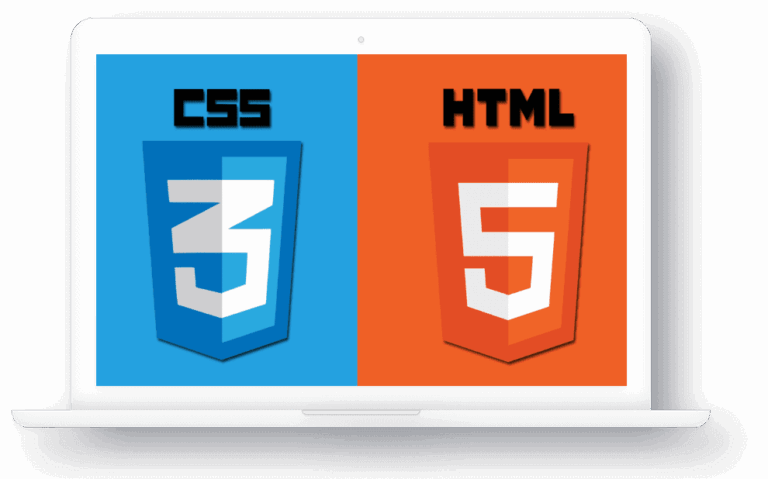
If you’ve been in tech sales for a while, you’ve probably heard something like this before:
“Wait, you told the client we could deliver this next week? Based on what?!”
Sales and development teams — though working toward the same goal — often find themselves misaligned. One chases targets and builds relationships; the other builds the product and guards feasibility. The tension usually isn’t about ego, but rather, miscommunication and unmet expectations.
But the good news? With a few mindset shifts and practical habits, you can turn the sales-dev relationship into one of your most powerful internal alliances.
Let’s break it down.
1. Know What You’re Selling (Seriously, Know It)
A salesperson doesn’t need to be a developer, but if you’re selling custom software or IT services, you must understand what goes into building what you’re promising.
“A small change to the homepage” could mean a total backend refactor if the system wasn’t built for that flexibility.
✅ What to do:
- Sit with your dev team and ask: What does it actually take to build a feature like this?
- Learn common technical terms your product uses: API, database, authentication, latency, deployment.
- Ask to shadow a sprint planning session. See how estimates are made. Watch how trade-offs are discussed.
- For more about understanding the technical aspects of your product, check out this article on IT Sales and Product Knowledge
🧠 Example:
You’re in a discovery call, and the client says:
“Can we add a live chat popup that connects to our CRM?”
If you don’t understand what’s behind that — the integrations, real-time syncing, UI implementation, testing — you might say: “Absolutely, should be easy!”
…when in reality, it might be a 40+ hour task.
2. Never Overpromise, Even If It’s the Deal of the Month
Overpromising is the root of 90% of sales-dev conflict. You want to help the client, you’re under pressure to close the deal, and it’s so tempting to say “yes” to everything. But short-term yes = long-term stress.
💥 What happens when you overpromise:
- Clients are disappointed when timelines slip.
- Devs feel blindsided and resentful.
- You lose credibility — with both sides.
✅ What to say instead:
- “Let me confirm with our tech team before I commit to that.”
- “That sounds feasible, but I’d like to get a more accurate estimate from the devs first.”
- “We’ve done something similar — I’ll check how much reuse is possible.”
🧠 Mini story:
A sales rep once told a healthcare startup they could have a HIPAA-compliant dashboard ready in 2 weeks. He didn’t realize HIPAA compliance required specific encryption standards, audit logs, secure hosting, and QA documentation.
The dev team had to delay launch by 4 weeks — and the client almost pulled out. For more on managing client expectations, see this guide on handling project timelines.
3. Learn to Translate — You’re the Bridge
Sales is bilingual: you speak Client and you speak Tech. Your job isn’t just to relay what the client wants — it’s to translate that into structured, actionable input for the team.
Clients speak in goals.
Devs build based on clear instructions, edge cases, and priorities.
❌ Don’t say to devs:
- “The client wants something better.”
- “They said the UX feels weird.”
- “They need it ASAP.”
✅ Do say:
- “Client wants onboarding reduced to 2 steps — current flow has 5.”
- “They find the ‘Submit’ button confusing; they expected confirmation.”
- “They’re pitching to investors next Friday — can we commit to fixing the loading issue before then?”
🛠 Useful formats:
- BRDs (Business Requirement Documents)
- User stories: “As a [user type], I want to [action] so that [value]”
- Feature priority: Must-have, Nice-to-have, Future consideration
- For more about the importance of documentation, check out this article on Business Requirements Documentation
4. Involve Devs Early – Not After You’ve Promised the Moon
One of the most damaging habits in tech sales is building the proposal first and then looping in the dev team for validation. That’s backward.
Devs shouldn’t be called in to clean up messes — they should help prevent them.
✅ When to bring in devs:
- During discovery or pre-sales calls if technical scope is unclear
- When defining estimates and timelines
- When evaluating third-party integrations or complex logic
🧠 Case in point:
A client wanted facial recognition login. Sales thought: “That sounds cool, let’s offer it.”
But the devs knew: implementing it securely would require ML libraries, camera access permissions, mobile compatibility testing, and privacy regulation compliance. The solution? Suggest biometric integration using existing OS support (like Face ID) — much faster and more secure.
5. Respect Their Time (and Brainpower)
Developers work in “deep focus mode.” Constant interruptions and vague requests can kill productivity and morale. Respecting their time = building trust.
✅ Good habits:
- Batch your questions and schedule short syncs instead of DM-ing every 20 minutes.
- Use async tools like Slack threads or shared docs for non-urgent updates.
- When scheduling meetings, have an agenda. Don’t waste their time.
6. Celebrate Wins Together (and Give Credit!)
Dev teams often work behind the scenes. Clients don’t see their effort — you do. Be the person who gives credit when it’s due.
✅ How to show appreciation:
- Mention them in client success stories.
- Celebrate milestones publicly — in Slack, in meetings, on LinkedIn if appropriate.
- Buy them coffee (seriously — that goes a long way!).
🧠 Example:
“Thanks to Nam and Hằng from the dev team — their quick fix last night saved today’s product demo. The client was super impressed!”
7. Create a Feedback Loop, Not a Blame Loop
Projects will go sideways sometimes. A feature will break. A timeline will slip. That’s the nature of tech.
But when that happens, avoid pointing fingers. Use it as a moment to align and improve.
✅ Good debrief questions:
- “What assumption did we get wrong?”
- “Where could we have asked for clarification earlier?”
- “Is there a step we can add to prevent this next time?”
8. Use Shared Tools and Shared Language
Part of bridging the gap is using common tools and terminology.
🛠 Useful tools:
- CRM + ticketing sync (e.g., HubSpot + Jira integration)
- Internal Notion or Confluence wiki for feature specs
- Slack channels with devs for each active project
- Kanban boards or dashboards to track client-facing and dev-facing progress in one place
Final Words: From Friction to Friendship
Devs are not your blockers — they’re your builders. They’re not trying to say “no” — they’re trying to say, “Here’s what it really takes.”
If you shift your mindset from handing off work to co-owning the delivery, your relationships will transform.
🤝 “Don’t treat devs like magicians. Treat them like co-strategists.”



